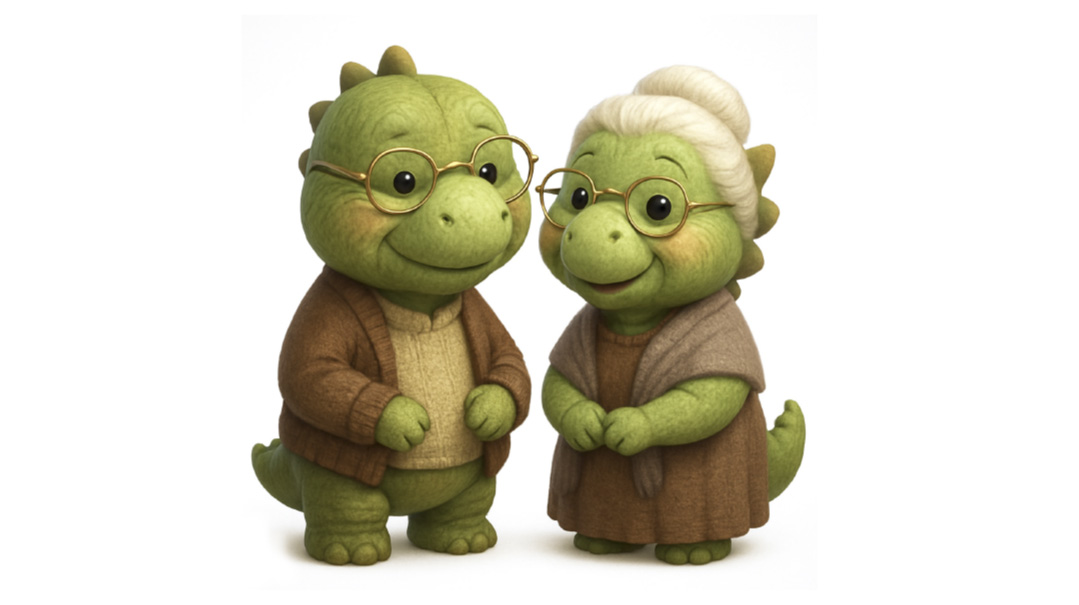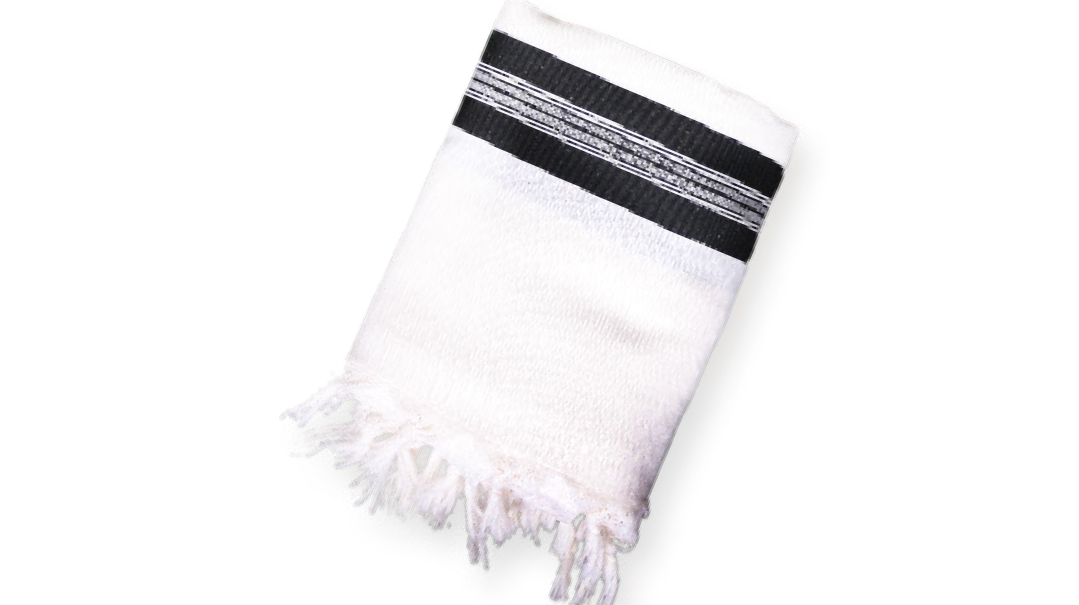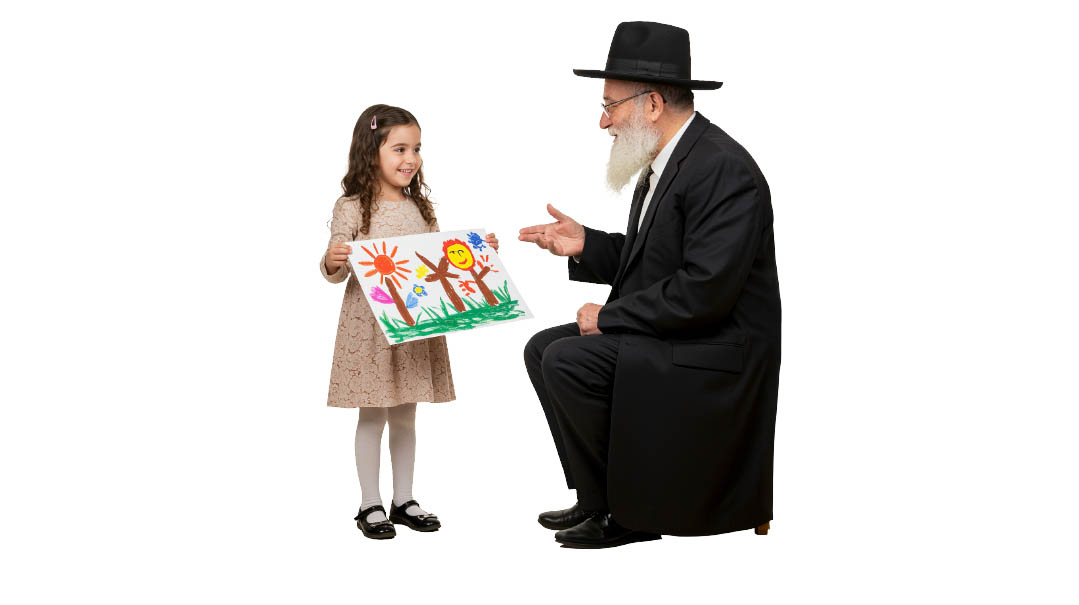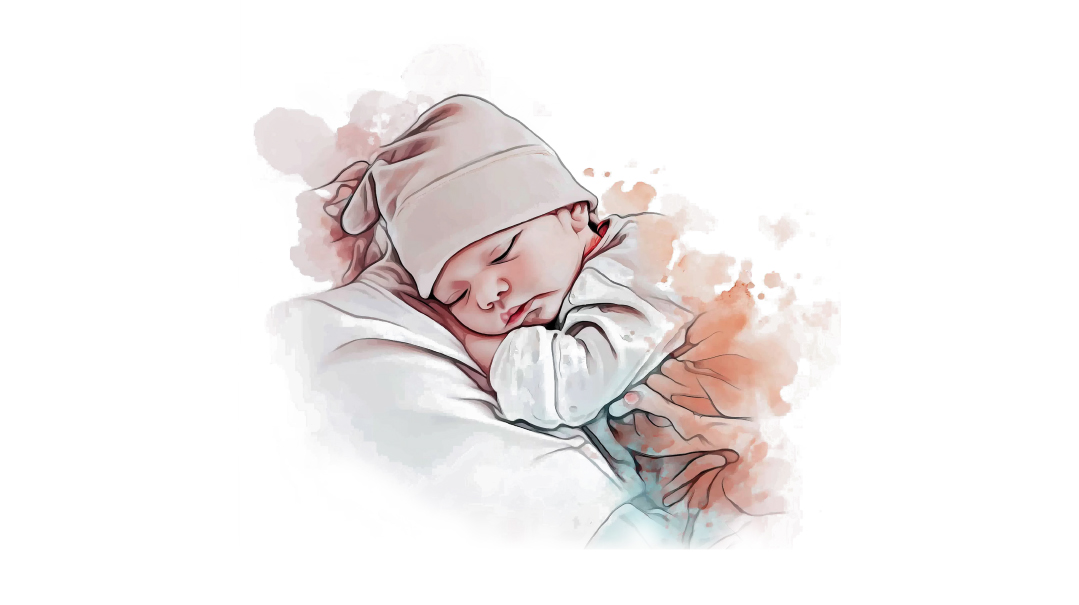Kezimunka: A Tapestry of Love
| September 13, 2022Kezimunka was Nagymama’s oasis, her happy place. She’d work on it, put it down, and come back again
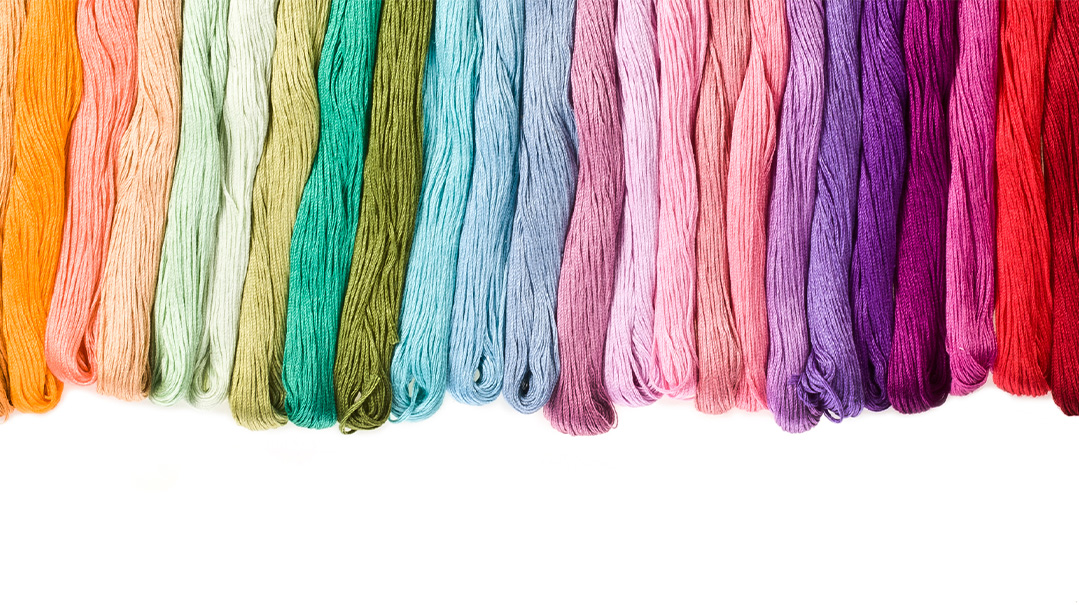
Growing up as the daughter of Hungarians, I enjoyed all the delicious meals, those dishes you either know or heard about; goulash, káposztás tészta, Rakott Krumpli, and of course, chicken paprikash with nokedli. My friends loved staying for dinner when studying for tests.
But our home was brimming with more than delicious food. My Nagymama’s Kezimunka — the pride of every Hungarian woman — filled every corner. Kezimunka is the exquisite embroidery you’ve probably seen on Hungarian tablecloths, wall hangings, traditional folk dress, pocketbooks, even shoes. It appears in the form of flowers and vines, and sometimes squares and circles.
Nagymama, my mother’s mother, lived in Budapest, and her exquisitely detailed creations — tablecloths, small cloths, and doilies in various shapes and sizes — were gifts of love. Nagymama was always busy with her Kezimunka, and when we’d visit, I liked to watch as she needlepointed with great concentration, making sure to fill in the flower just so. It was soothing to observe her sit there, engrossed, completely one with her needle and thread, sewing to a quiet rhythm of her own.
Oops! We could not locate your form.


